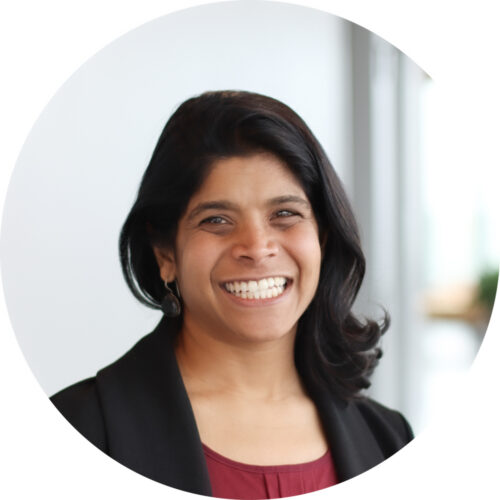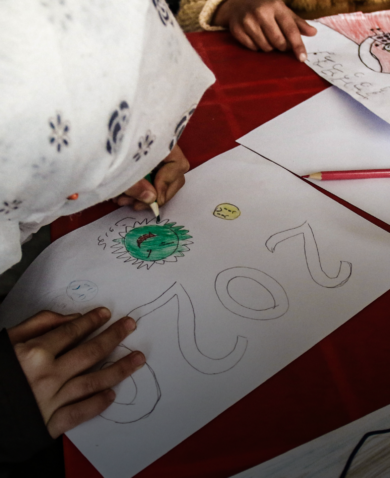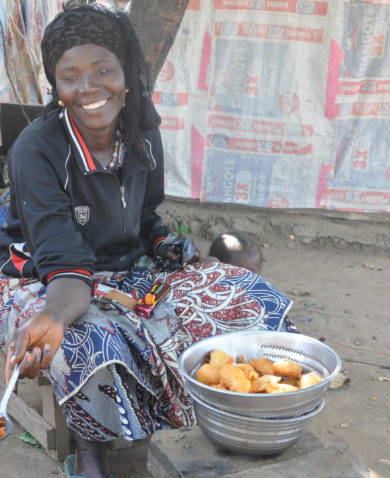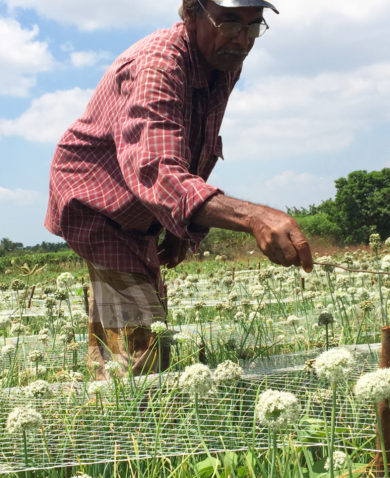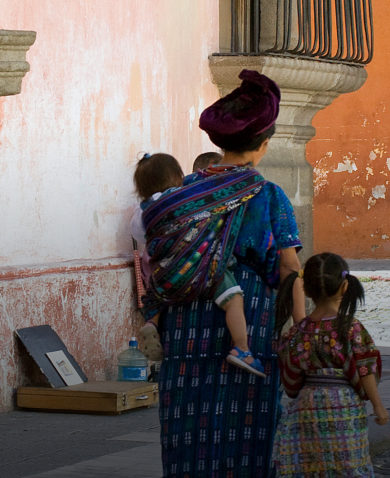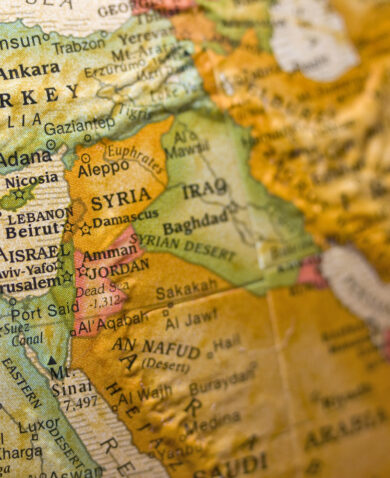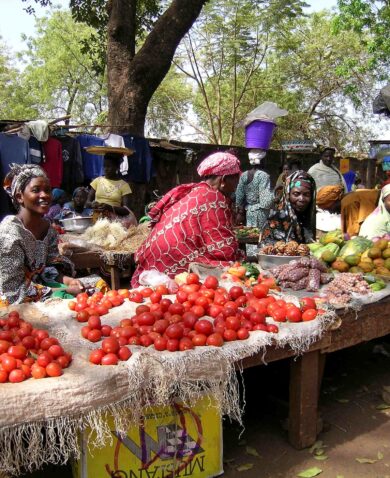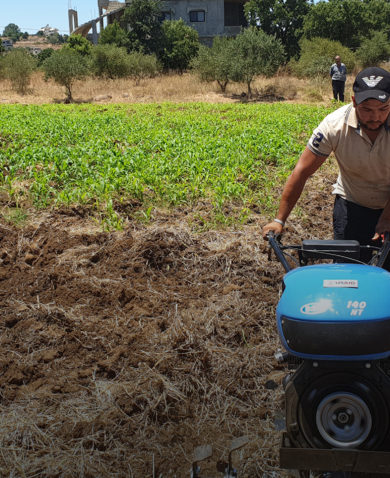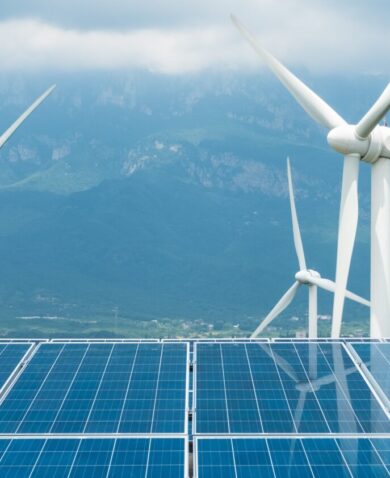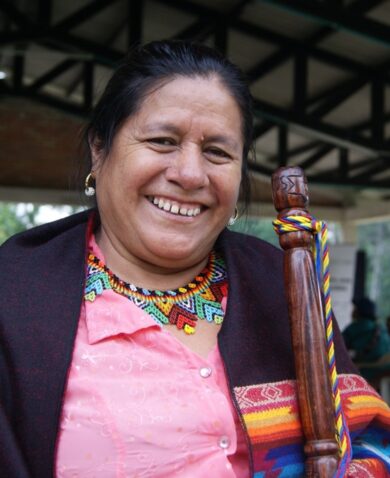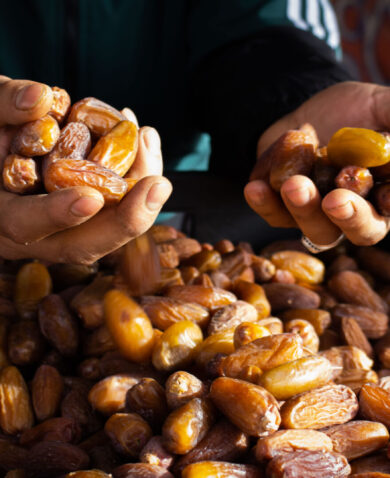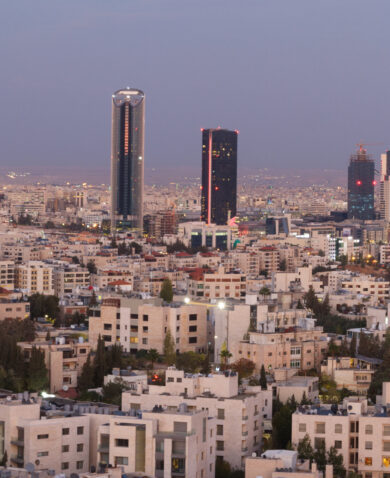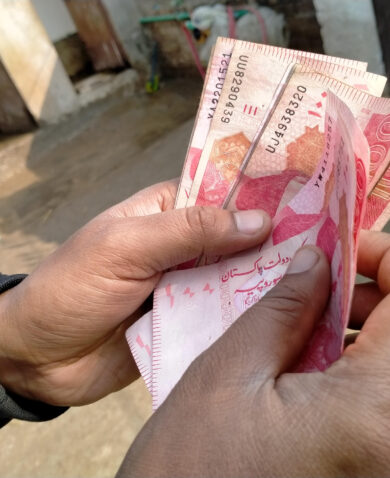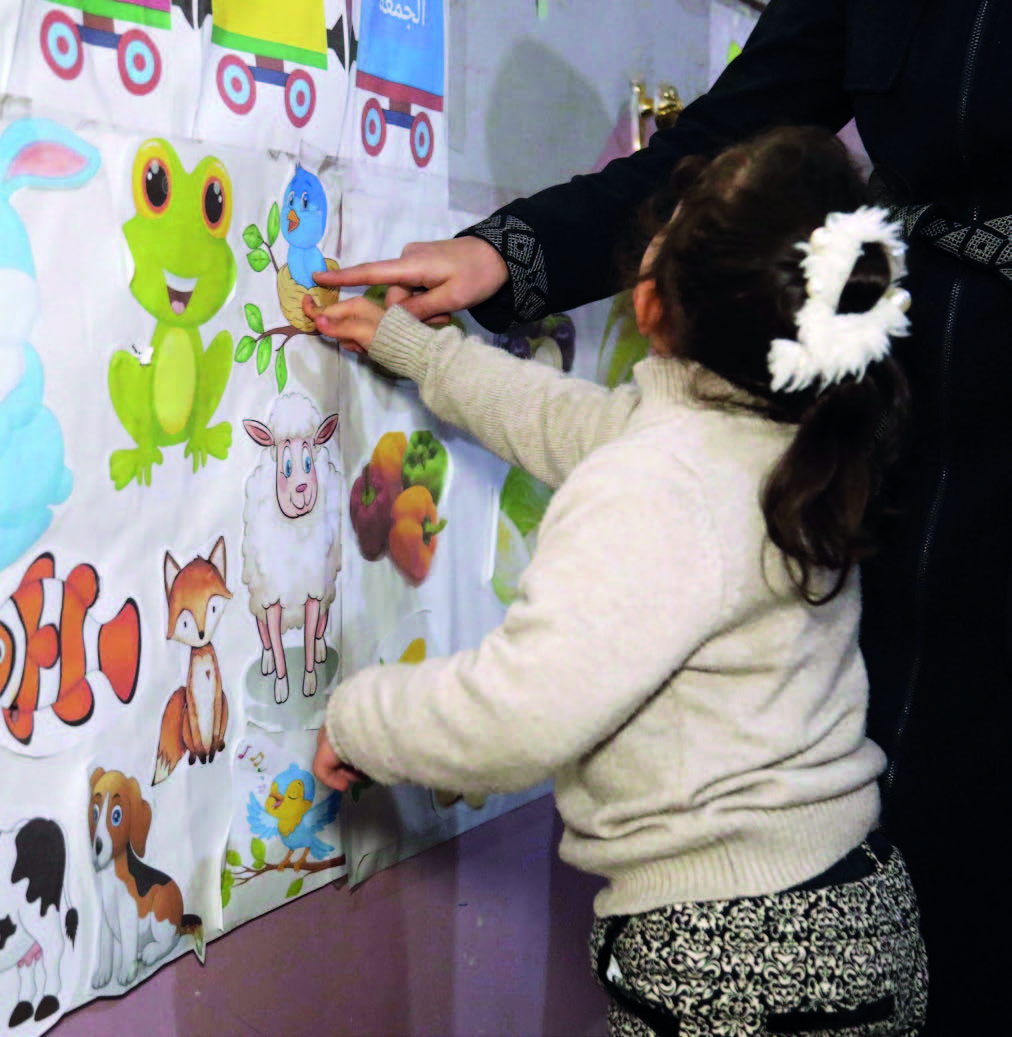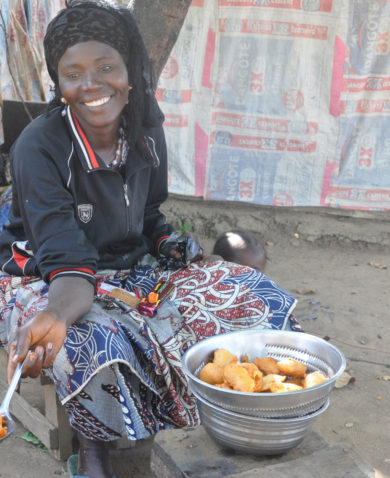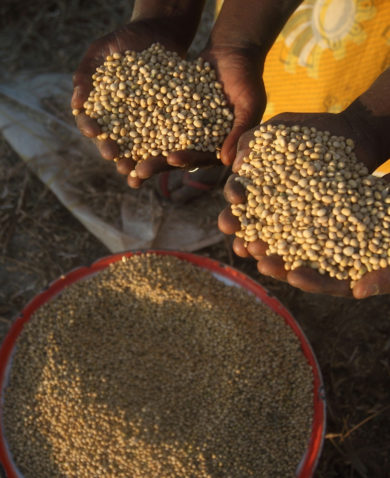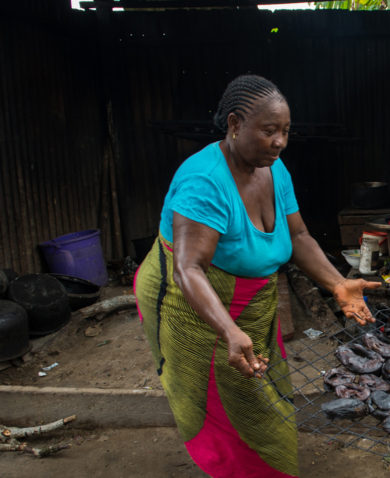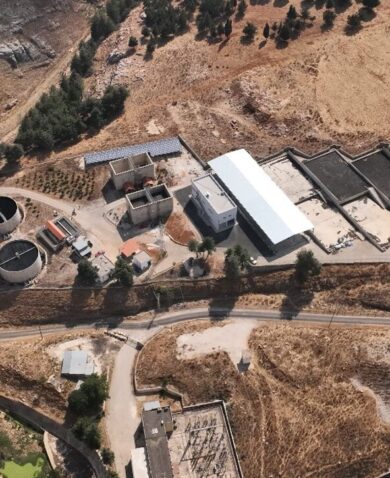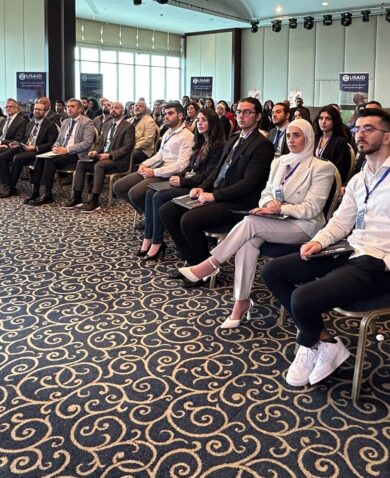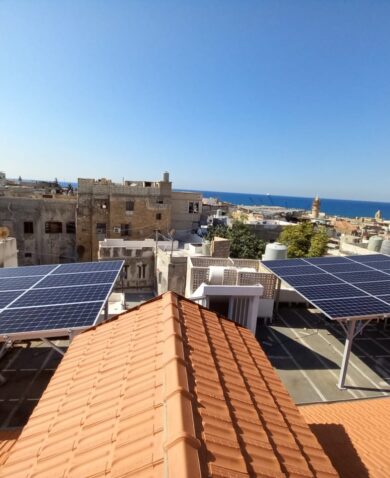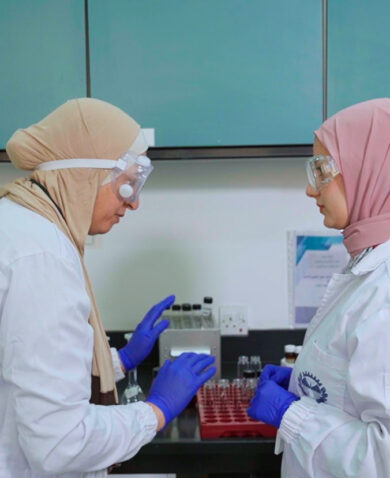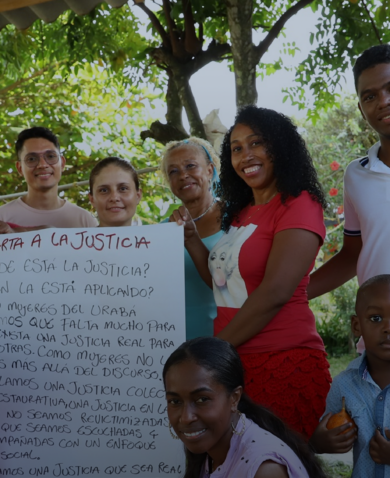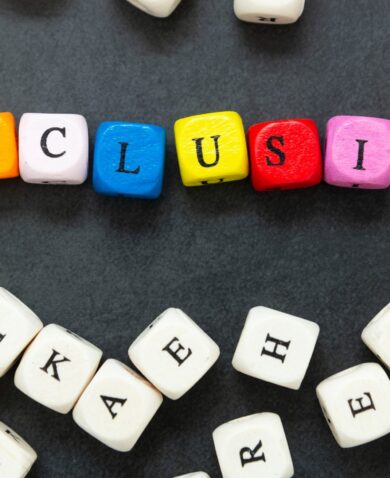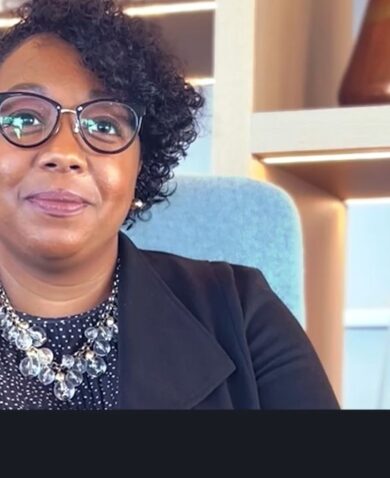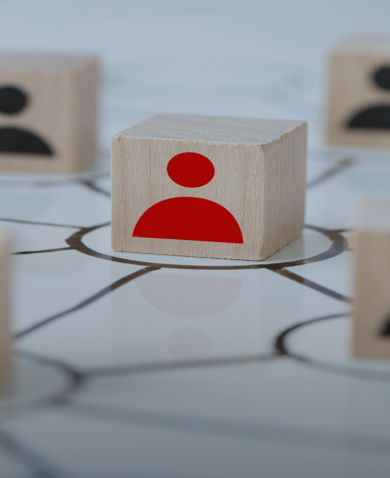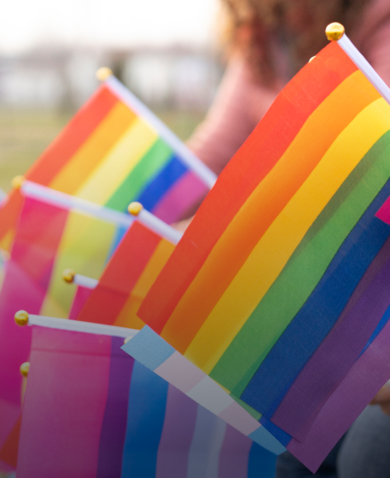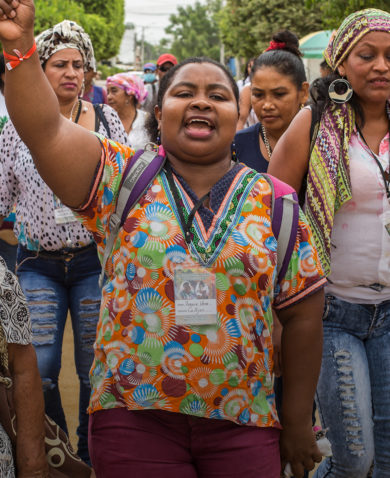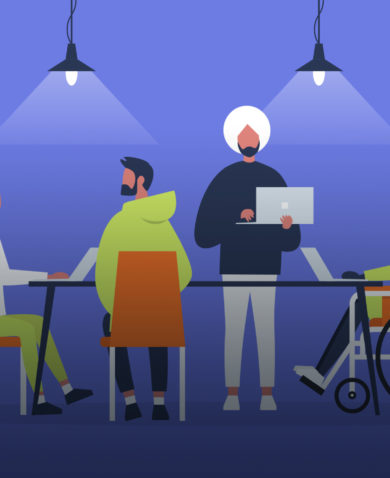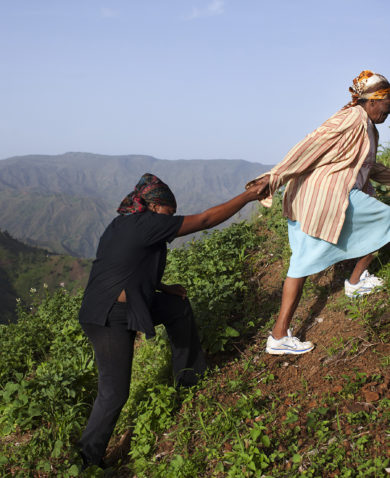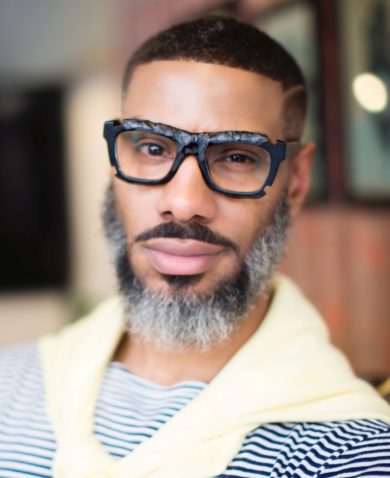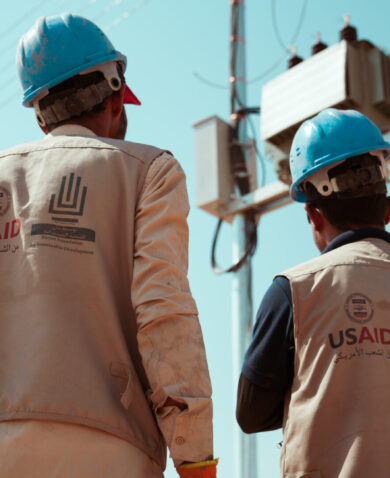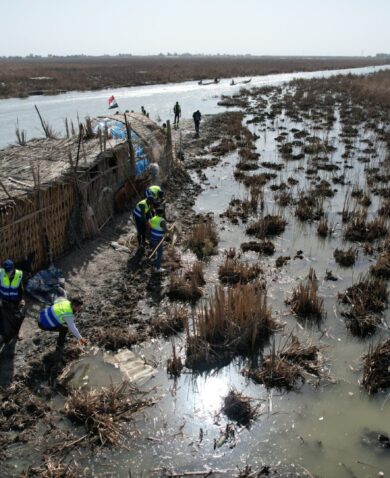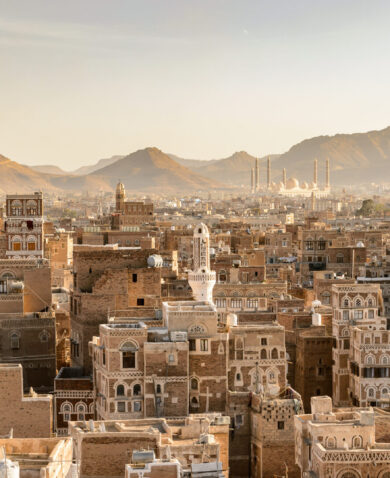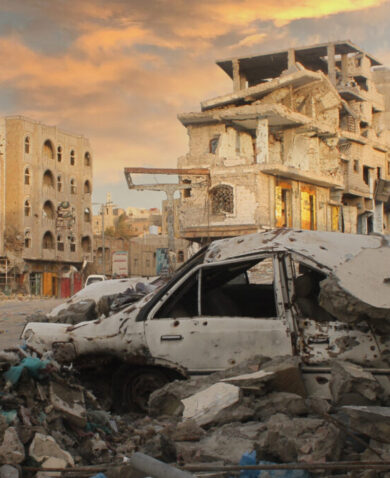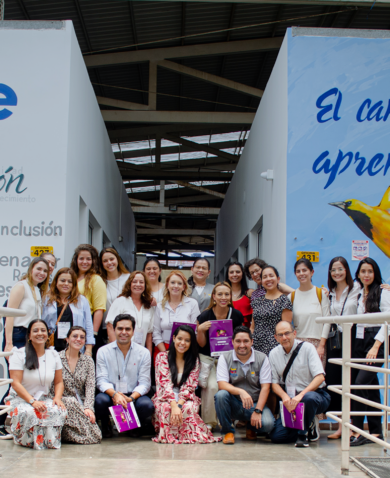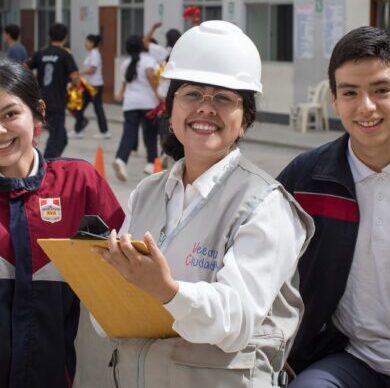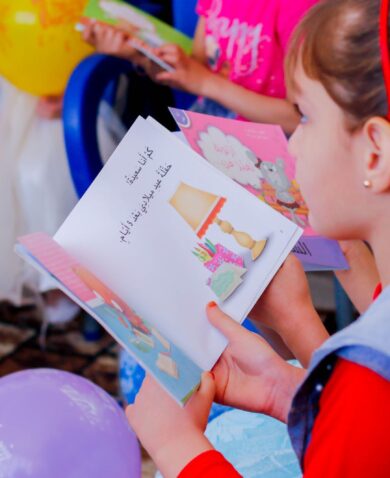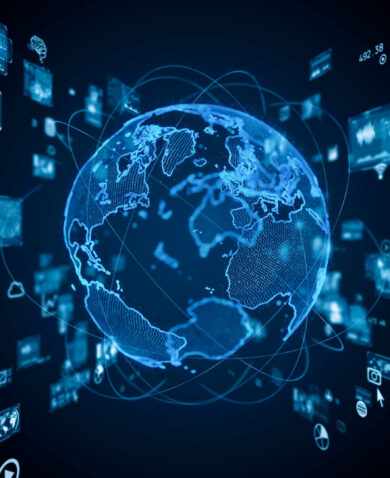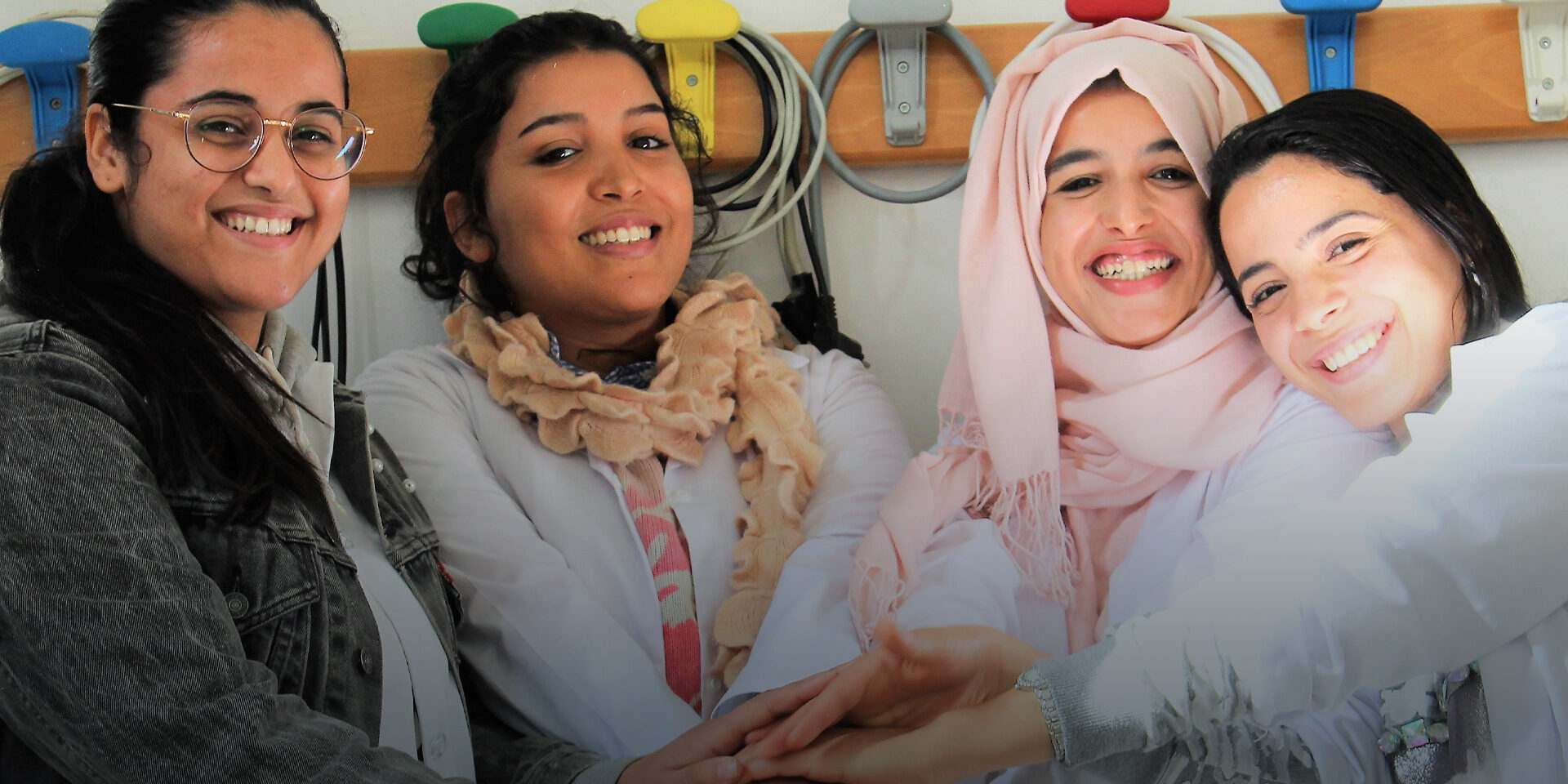
Going Beyond Barriers to Break the Bias: A Celebration for International Women’s Day
March 8, 2022 | 4 Minute ReadOn International Women’s Day, Chemonics’ Chief Operating Officer, Catherine Kannam reflects on how Chemonics is breaking the bias through promoting gender equality globally and fostering an inclusive work culture.
Today marks the 111th International Women’s Day, a testament to the many decades that women and their allies have dedicated to creating a more equal world. Today we commemorate how far we have come to advance diversity, equity, and inclusion in our workplaces and our communities, and look ahead to how far we still must go. This year’s theme is “Breaking the Bias,” a collective movement for all genders to imagine a world free of bias, stereotypes, and discrimination.
This vision can only become a reality once we view each other as equals, deserving of equal treatment and respect. This means equal pay, opportunity, and protection for women of all identities. In the past few years, we have witnessed the impact of the COVID pandemic particularly on women, which has only exacerbated existing inequalities, such as a high percentage of women exiting the workforce because of increased burden in childcare, and a 25% increase in rates of domestic violence. Together we can forge women’s equality, and to do so we must raise awareness against bias and discrimination and take action for equality.
Breaking The Bias and Advancing Equality Globally
Breaking the bias must occur at all levels of an organization and across all aspects of programming. I am proud of our commitment to gender equality and social inclusion (GESI) mainstreaming across all our Chemonics projects. This commitment recognizes not everyone can participate equally, and people’s multiple identities, such as gender, age, ability, religion, and others, significantly impact their ability to benefit from our development programs. As development practitioners, we have an incredible opportunity to work with local experts and partners globally to advance gender equality. For example, in Colombia, the USAID Paramos y Bosques partnered with REDD+ Project to empower women to produce and commercialize chocolate in international markets, independently generating income and benefitting their communities by serving as an alternative to logging. They designed a specialized training for Afro-Colombian women on how to start a business, improve public speaking skills, and gain knowledge on biodiversity, land rights, and strategies for forest conservation, which fosters women-led community activism and strengthens their leadership network. In Lebanon, the USAID Community Support Program, in partnership with the USAID Higher Education Scholarship Program, empowers young women through internship opportunities in careers such as mechanical engineering, which is often perceived as a male-dominated field. Beyond building technical skills, this program also boosts confidence and expands young women’s opportunities in the Lebanese job market. These programs are examples of how we are creating opportunity for women and breaking down gendered barriers in communities worldwide.
Yet, despite these strides, we must also think strategically about how to maintain these gains as economies and political contexts evolve. This challenging reality has been evident most recently in Afghanistan, where activists and development practitioners are grappling with women’s rights under siege once again. When the Taliban regime fell in 2001, the establishment of a new government brought Afghan women’s rights forward with positive support from the international community. Over the past two decades, many laws, policies, and strategies have been developed by women in Afghanistan to advance their rights — such as the National Action Plan for Afghan Women, the National Strategy for Combatting Violence Against Women, among many others. When the Taliban reasserted full control in August 2021, previous gains for women were lost almost overnight, leaving so many female leaders and activists — women and girls — in dire and desperate risk.
The international community must stand with Afghan activists who face existential challenges that compromise opportunities for women and girls across the country. As one example, Chemonics worked on USAID Afghanistan Promote Women in Government, a program to support the placement of young women in civil service positions. For five years, we made great strides by enrolling 3,901 women interns in five provinces and placing 1,016 women in government positions at the federal and subnational level nationwide. Their groundbreaking roles are now in jeopardy and voices will be silenced as many of these young female leaders remain in Afghanistan — many in hiding — awaiting opportunities to evacuate to a safer country. As we strategize about how best to protect the hard-fought gains of the last two decades amidst an unprecedented crisis, it becomes clear how fragile advancements can be. We need to remain committed and vigilant to protect the rights of women and girls to truly achieve the goal of a gender-equal world.
Breaking the Bias Begins At Home
At an international organization such as Chemonics, these commitments to advance gender equality must also be prioritized in our corporate offices. This work needs to be continuous and can set the standard for our goals and expectations worldwide. Since 2018, Chemonics has been an endorser of the Minimum Standards for Mainstreaming Gender Equality, and I am proud of our progress as an organization to adhere to these standards and opportunities to strengthen our commitment moving forward.
As another example of our corporate commitment, last year we formally launched our ChemGEN employee resource group (ChemGEN ERG), a group committed to supporting individuals along the gender spectrum through mentorship and professional development, advocacy for work-life harmony, and staff education on issues that affect gender equity and women in the workplace. This month, ChemGEN ERG is curating a photo board for staff, a visual platform to share how individuals globally are striving to break the bias. And throughout March, we will have a series of activities to celebrate Women’s History Month, such as a panel featuring leaders from our global workforce who will share their stories about breaking down gender bias. These events serve as opportunities to foster a more diverse, equitable, and inclusive workplace, one where differences are valued and celebrated.
Conclusion
I feel optimistic about our progress to create a more equal, diverse, and inclusive work culture and to advance gender equality through our development programs globally. But we still have further to go to ensure individuals who are historically underrepresented are valued, their voices are heard, and they have real decision-making power. How can we break the bias as part of our work? This is an important question. It requires us to reflect on our company culture, our systems, and practices to ensure we are empowering all individuals beyond their gender identity and promoting equity and inclusion. How do we value the expertise of our global workforce and our local partners? Through raising awareness, action, and genuine allyship, we can collectively break the bias, and contribute to a more equal and inclusive world.
Banner image caption: Students from a vocational training centre in Tunis in 2019.
Posts on the blog represent the views of the authors and do not necessarily represent the views of Chemonics.

